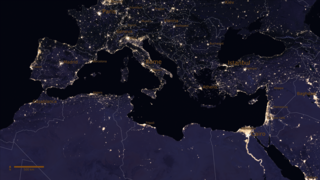Planets and Moons
ID: 30765
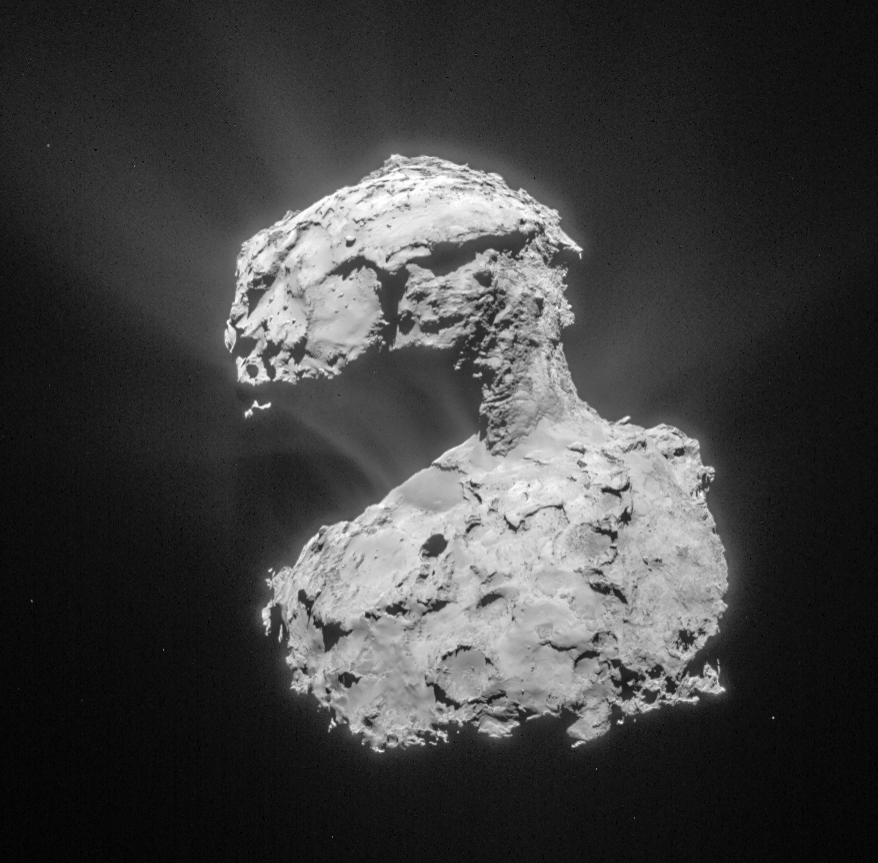
Rosetta is a spacecraft on a ten-year mission to catch the comet "67P/Churyumov-Gerasimenko" (C-G) and answer some of our questions about comets. Rosetta was the first spacecraft to soft-land a robot on a comet! Rosetta was also the first spacecraft to accompany a comet as it enters our inner solar system, observing at close range how the comet changes as the Sun’s heat transforms it into the luminous apparition that has frightened and inspired people for centuries.
The Rosetta spacecraft was named after the ancient Rosetta Stone that you can visit today in London’s British Museum. The Philae lander was named after the Philae Obelisk which, together with the Rosetta Stone, provided the key to our first understanding of Egyptian hieroglyphs, or “picture words.” Scientists hope that the Rosetta spacecraft will enable us to translate the even older language of comets, as expressed by their thermal signatures, into new knowledge about the origins of our solar system and, perhaps, life on Earth.
This daring international mission was spearheaded by the European Space Agency (ESA), with key support and instruments from NASA. NASA contributed three of the orbiter's instruments (ALICE, MIRO, and IES) and part of the electronics package for the Double Focusing Mass Spectrometer - one of two detectors on the Swiss ROSINA instrument. NASA is also providing science investigators for selected non-U.S. instruments. In all, NASA is involved to a greater or lesser degree in Alice, MIRO, IES, OSIRIS, Radio Science, ROSINA, and VIRTIS experiments. NASA's Deep Space Network provides support for ESA's Ground Station Network for spacecraft tracking and navigation.
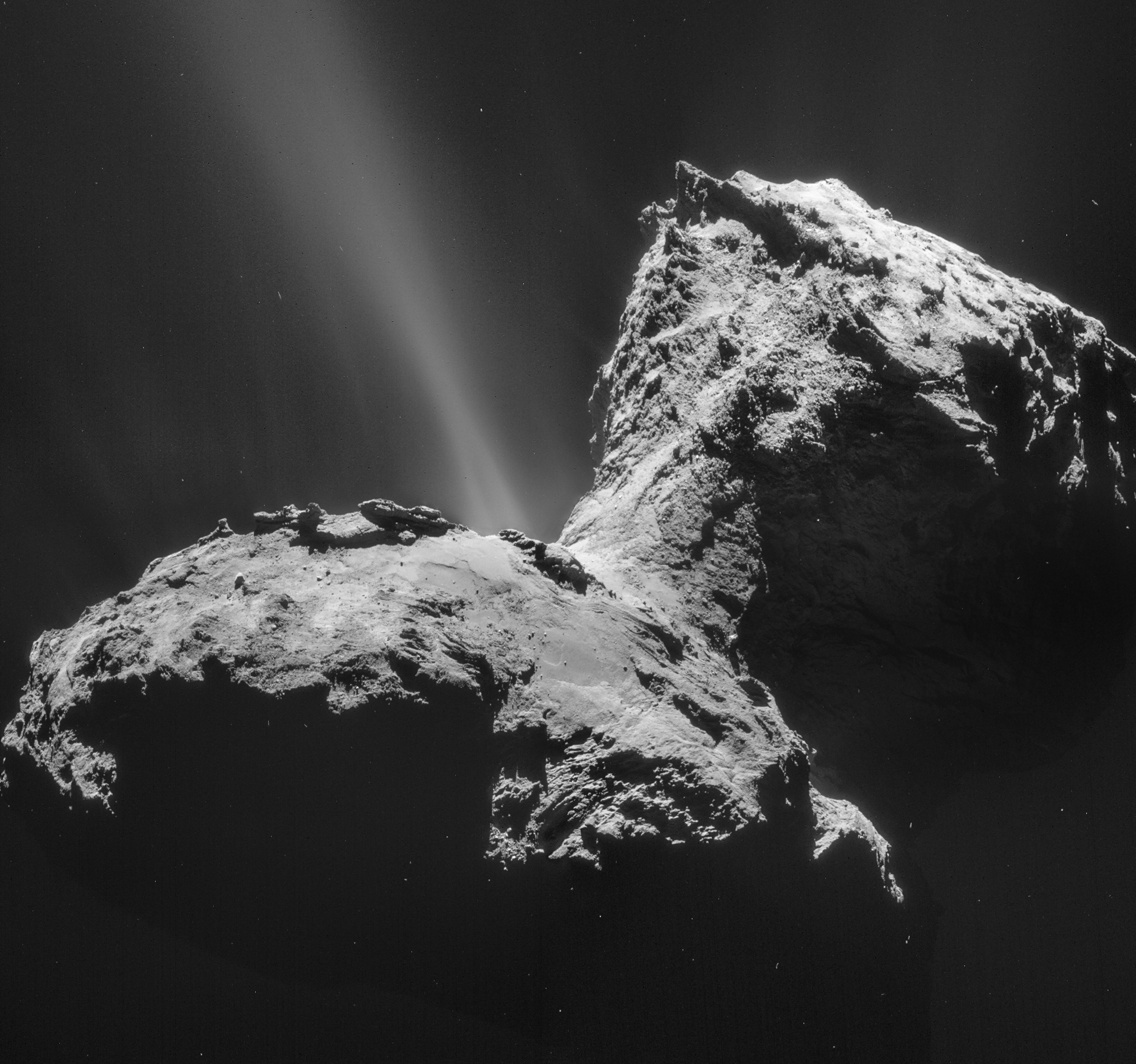

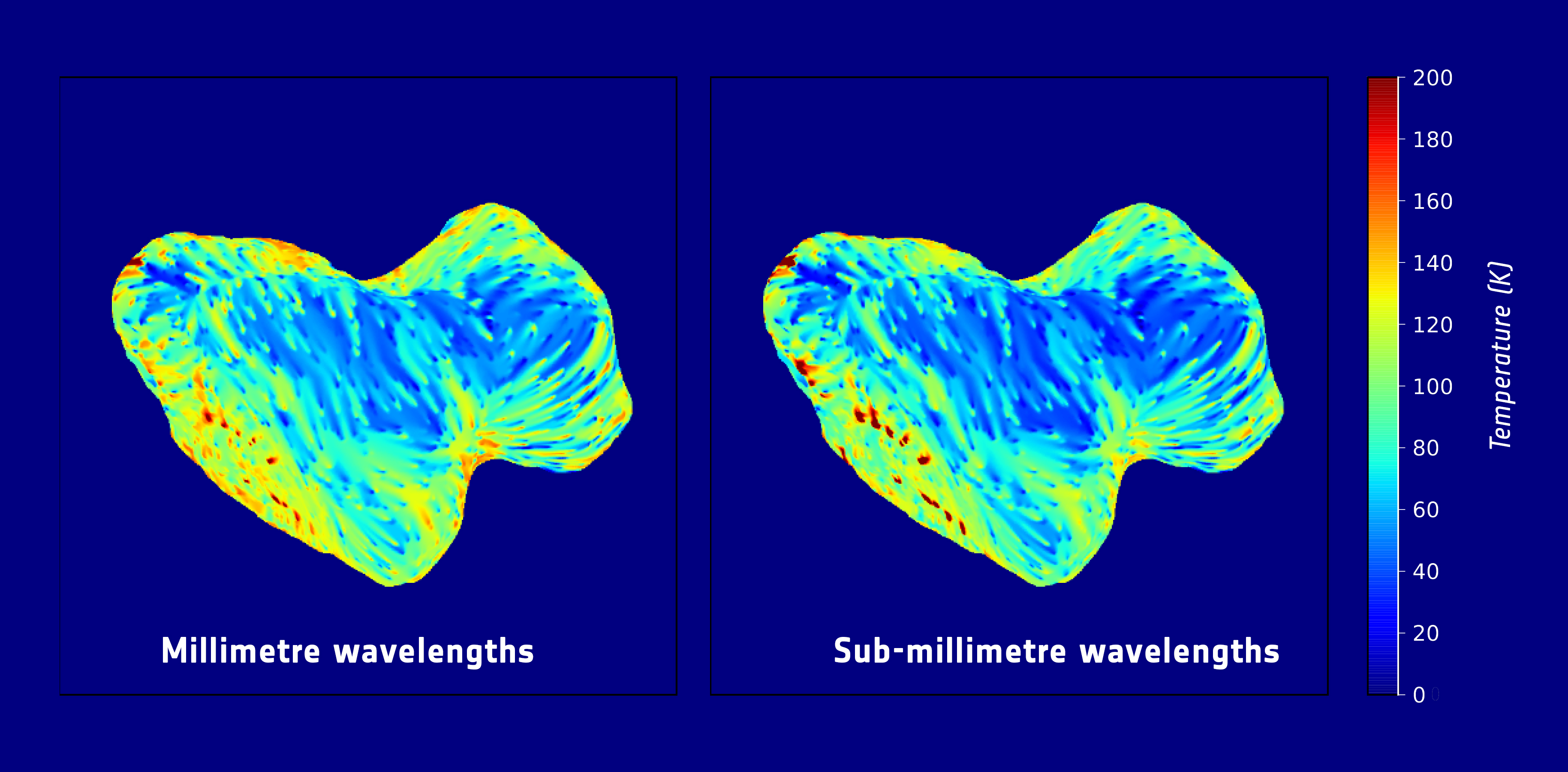
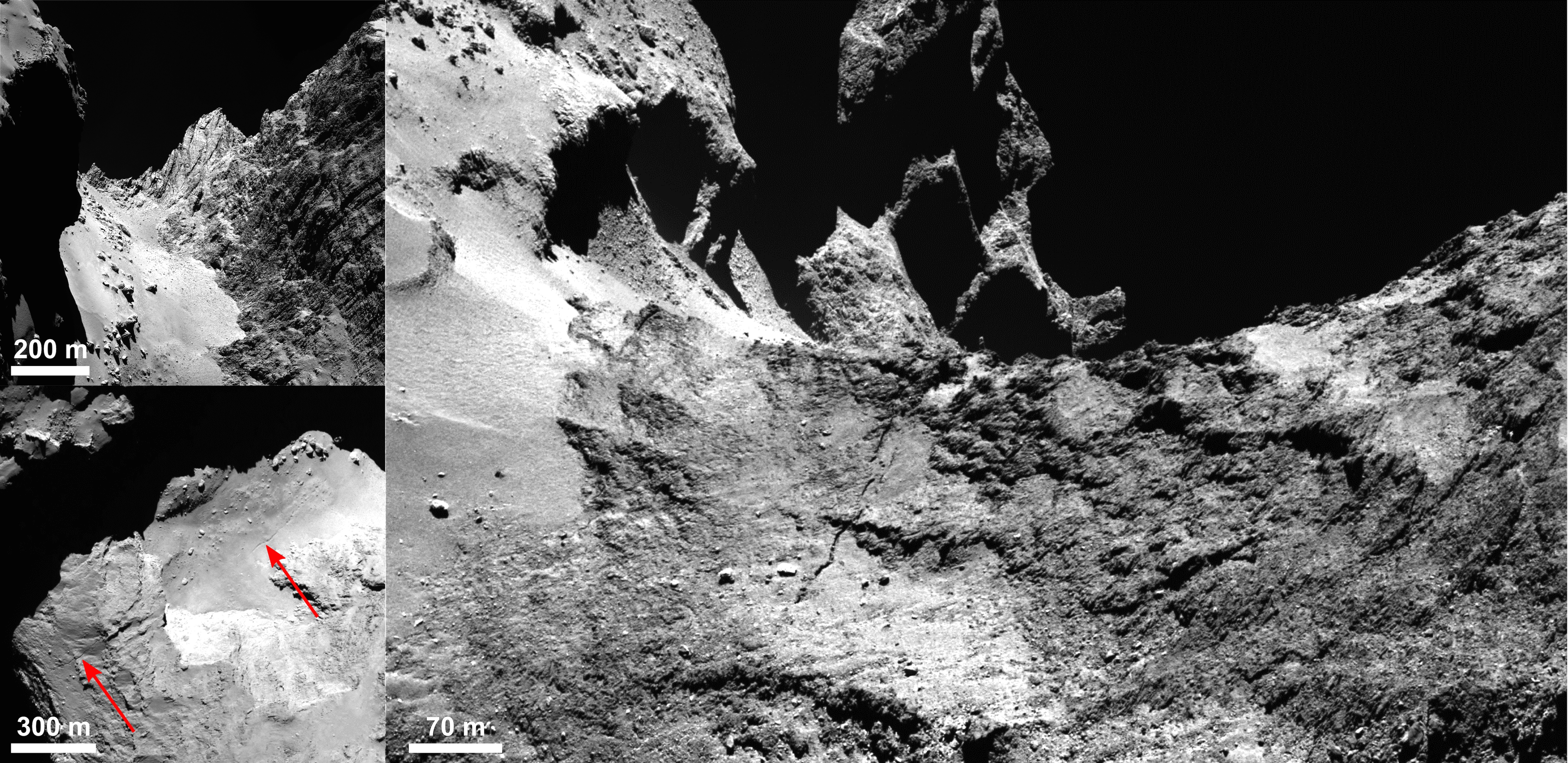
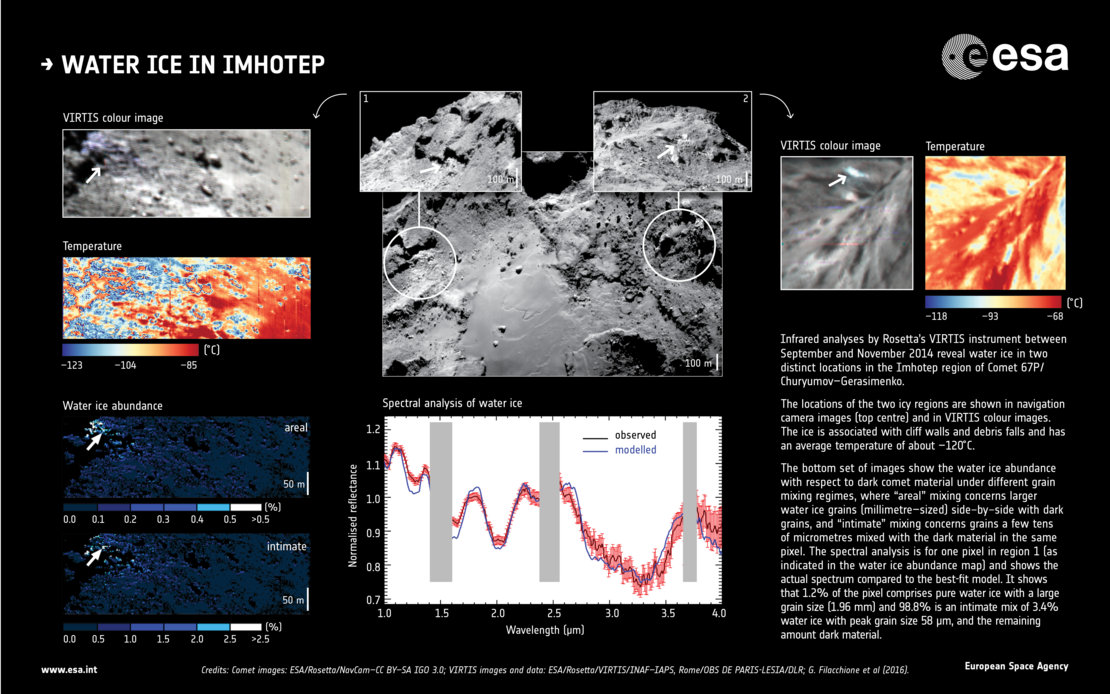
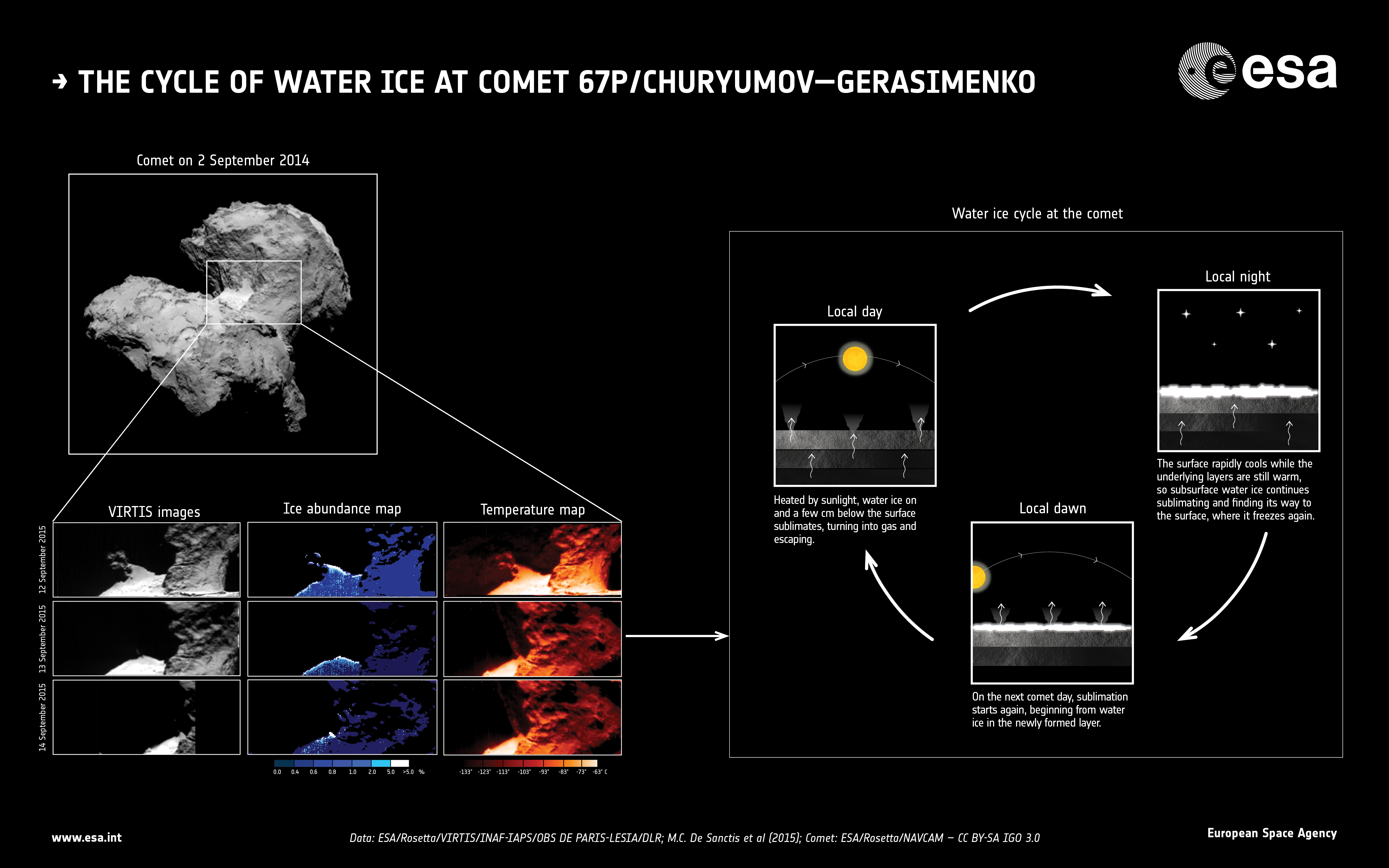
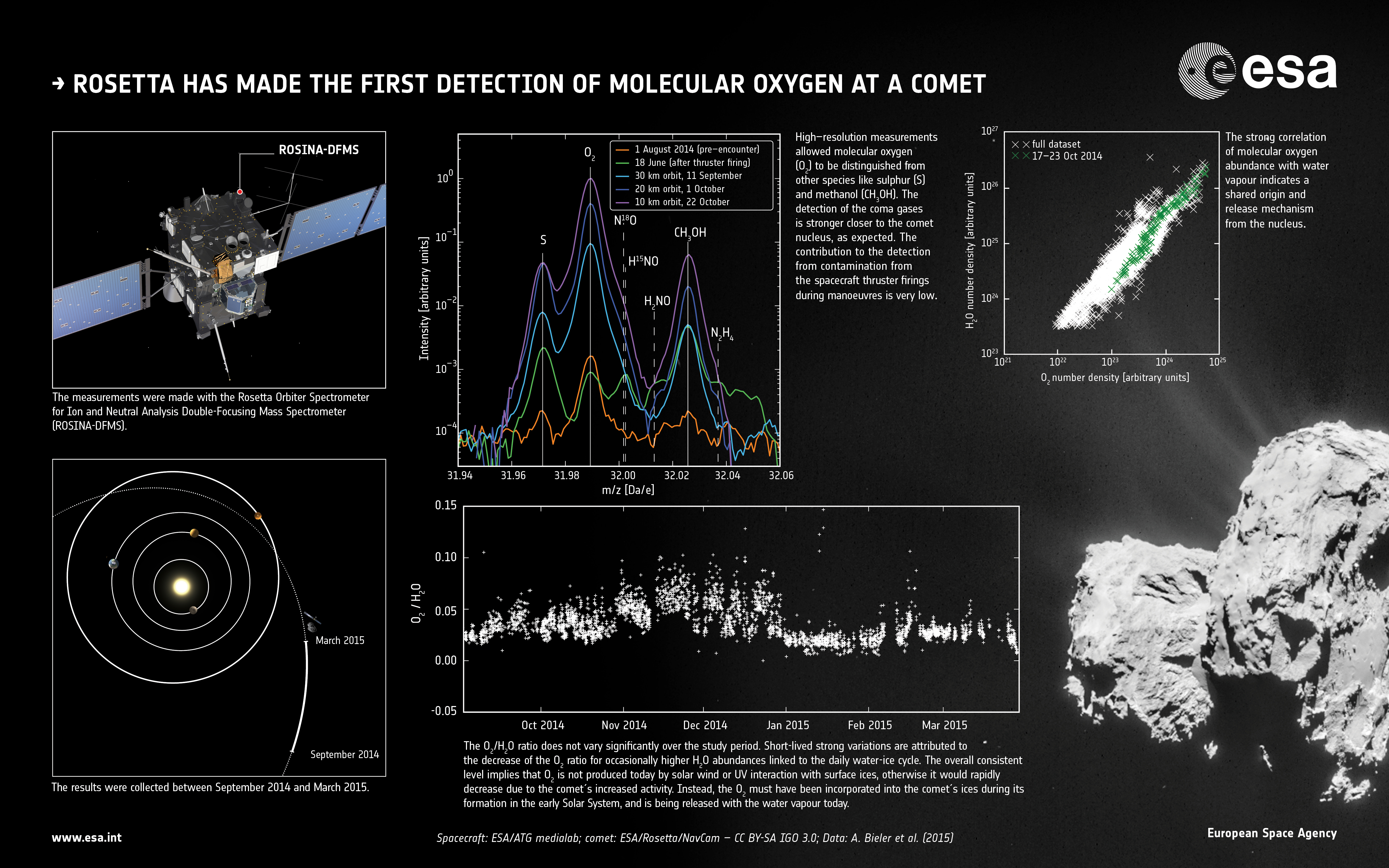

Rosetta Images of Comet 67P

The Rosetta spacecraft was named after the ancient Rosetta Stone that you can visit today in London’s British Museum. The Philae lander was named after the Philae Obelisk which, together with the Rosetta Stone, provided the key to our first understanding of Egyptian hieroglyphs, or “picture words.” Scientists hope that the Rosetta spacecraft will enable us to translate the even older language of comets, as expressed by their thermal signatures, into new knowledge about the origins of our solar system and, perhaps, life on Earth.
This daring international mission was spearheaded by the European Space Agency (ESA), with key support and instruments from NASA. NASA contributed three of the orbiter's instruments (ALICE, MIRO, and IES) and part of the electronics package for the Double Focusing Mass Spectrometer - one of two detectors on the Swiss ROSINA instrument. NASA is also providing science investigators for selected non-U.S. instruments. In all, NASA is involved to a greater or lesser degree in Alice, MIRO, IES, OSIRIS, Radio Science, ROSINA, and VIRTIS experiments. NASA's Deep Space Network provides support for ESA's Ground Station Network for spacecraft tracking and navigation.








Credits
Amy Moran (Global Science and Technology, Inc.): Lead Technical Support
Please give credit for this item to:
NASA's Goddard Space Flight CenterComet p67 images courtesy of: ESA/Rosetta/MPS and ESA/Rosetta/NAVCAM unless otherwise noted
NASA's Goddard Space Flight CenterComet p67 images courtesy of: ESA/Rosetta/MPS and ESA/Rosetta/NAVCAM unless otherwise noted
Short URL to share this page:
https://svs.gsfc.nasa.gov/30765
Mission:
Rosetta
Keywords:
SVS >> Comet
SVS >> Hyperwall
NASA Science >> Planets and Moons
https://svs.gsfc.nasa.gov/30765
Mission:
Rosetta
Keywords:
SVS >> Comet
SVS >> Hyperwall
NASA Science >> Planets and Moons







